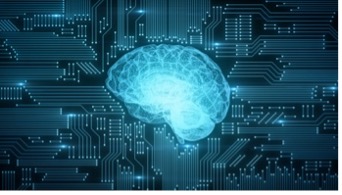Closed Loop Log Domain Deep Brain Stimulation
TECHNOLOGY NUMBER: 5416
Tags:

OVERVIEW
A single-chip log-based wirelessly-powered closed loop DBS system
- Capable of adjusting to stimulation parameters in real time
- A process that significantly improves energy efficiency
BACKGROUND
Closed-loop log domain deep brain stimulation (DBS) represents an advanced technology aimed at treating neurological disorders such as Parkinson's disease, essential tremor, and dystonia. Traditional DBS systems deliver continuous electrical pulses to specific brain regions to modulate the neural activity that becomes dysregulated in these disorders. The "closed-loop" aspect refers to the capability of the system to adjust stimulation parameters in real-time based on feedback from the patient's brain activity. The "log domain" term refers to the domain in which the stimulation parameters, like frequency or amplitude, are adjusted on a logarithmic scale in response to this feedback. Unfortunately, existing algorithms and systems utilized for closed-loop operation are imperfect and optimal results from their use remain elusive. While spike sorting and principal component analysis (PCA) approach holds promise, it requires significant computation that makes radio-frequency (RF) or long-term battery powered operation difficult. As such, a need exists for an improved methodology to perform closed-loop log domain deep brain stimulation.
INNOVATION
Researchers at the University of Michigan have developed a single-chip log-based wirelessly-powered closed-loop DBS system with RF telemetry that overcomes the issues prevalent in existing designs. The system-on-a-chip (SoC) architecture makes use of the energy of Low Frequency Field Potentials (LFPs), a more effective feedback indicator for DBS than the traditional spike sorting and PCA approach. The system optimizes stimulation parameters by analyzing measured LFP energy and incorporating extensive two-way telemetry that involves filtering of spike and LFP signals. Since neural signals are expressed and processed in the log-domain, substantial energy savings from this new approach may be realized. Furthermore, aside from certain high-voltage components, the entire system is powered using energy recovered from a carrier signal by an efficient RF to DC converter. The benefits of this standalone and unified system include increased efficacy of treatment for patients treated with DBS for movement disorders.